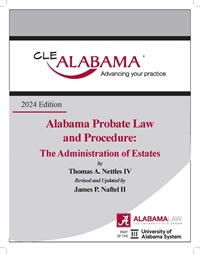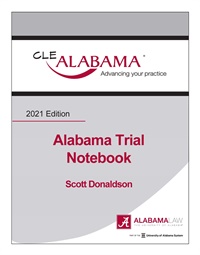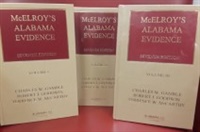Bank Regulation Post-Chevron
Total Credits: .50 including .50 CLE
- Average Rating:
- Not yet rated
- Categories:
- Banking Law
- Faculty:
- C. Phillip Buffington Jr.
- Format:
- Audio and Video
- Original Program Date:
- Feb 07, 2025
- License:
- Access for 90 day(s) after purchase.
Description
The landscape of banking law has undergone significant changes since the landmark Supreme Court decision in Chevron U.S.A., Inc. v. Natural Resources Defense Council, Inc. (1984). Chevron's deference to agency interpretations of ambiguous statutes has enabled regulatory bodies to shape the banking landscape. However, the Supreme Court's recent decision in West Virginia v. Environmental Protection Agency (2022) and the subsequent ruling in Loper Bright Enterprises, LLC v. Raimondo (2023) have introduced new complexities. Loper, in particular, has limited the Chevron deference, holding that agencies must have clear congressional authorization to regulate certain matters. As a result, banking regulators may face increased scrutiny, and financial institutions may enjoy greater clarity and reduced regulatory burdens. Nevertheless, the full implications of Loper on banking law remain to be seen.
Handouts
| Seminar Handout (4.2 MB) | 8 Pages | Available after Purchase |
Faculty

C. Phillip Buffington Jr. Related Seminars and Products
Balch and Bingham LLP
Phil Buffington advises financial institutions throughout the United States on federal and state banking laws and regulations. For more than 30 years, he has served as a trusted advisor to community, regional and national financial institutions, helping them to assess and analyze regulatory and litigation risks. Phil counsels clients on a full range of issues, including federal and state regulatory matters, corporate governance, mergers and acquisitions, succession planning, strategic planning, capital planning and offerings, evaluating and assisting in the development of new products and services, and responses to examinations and enforcement actions. His practice also includes commercial lending transactions, health care and insurance.










